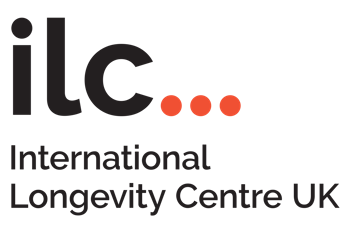Health equals wealth: Maximising the longevity dividend in India
At a glance: The longevity dividend in India:
- Nearly one in five (19%) of India’s population was aged 50 and over in 2018 – and this is set to increase to 1 in 4 (25%) by 2035.
- In India, more than half (51%) of people aged 50-69 were in employment in 2018.
- In India, people aged 65 and over spent (on average) 30 more hours volunteering than people at other ages.
We’ve become accustomed to ageing populations being presented as a bad thing. But far from being a cost or drain on public resources, older people’s social and economic impact is significant.
But it could be much higher if we remove avoidable barriers to working, spending, caring and volunteering, with the most important being poor health.
We know that countries that invest more in health see more people working, spending and volunteering and that investment in prevention drives a return. Spending just 0.1 percentage points more on preventative health can unlock an additional 9% in spending by older consumers and an average of 10 additional hours of volunteering across the G20.
In this report, we highlight the economic contributions of older people in India. While India has a relatively younger population than some other countries across the G20, India is ageing fast. And it will be vital for the country to adapt to these changes to ensure these extra years are spent well to unlock the economic opportunities of ageing and support the post-COVID recovery.
To achieve this, we call on the Government of India to adopt an Ageing Society New Deal that sees spend on prevention raised to 6% of health budgets, alongside greater support for older people’s paid and unpaid contributions.

